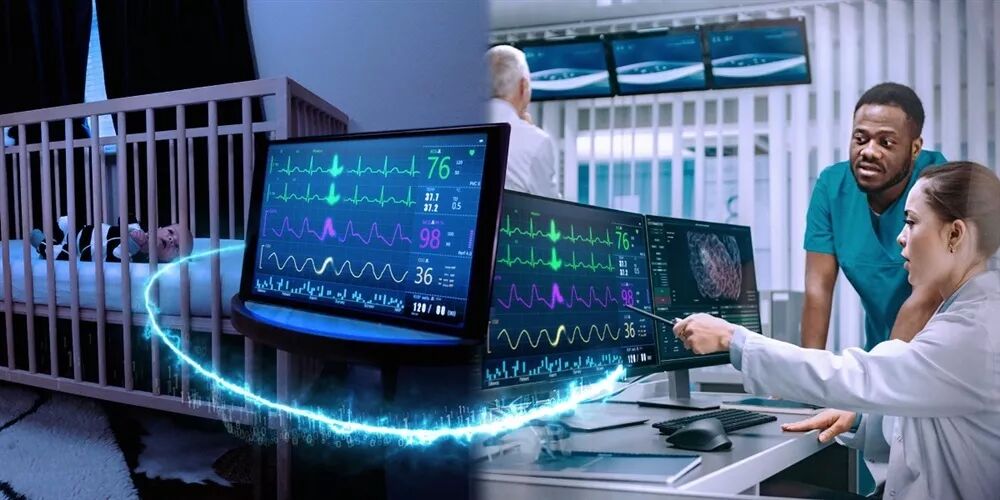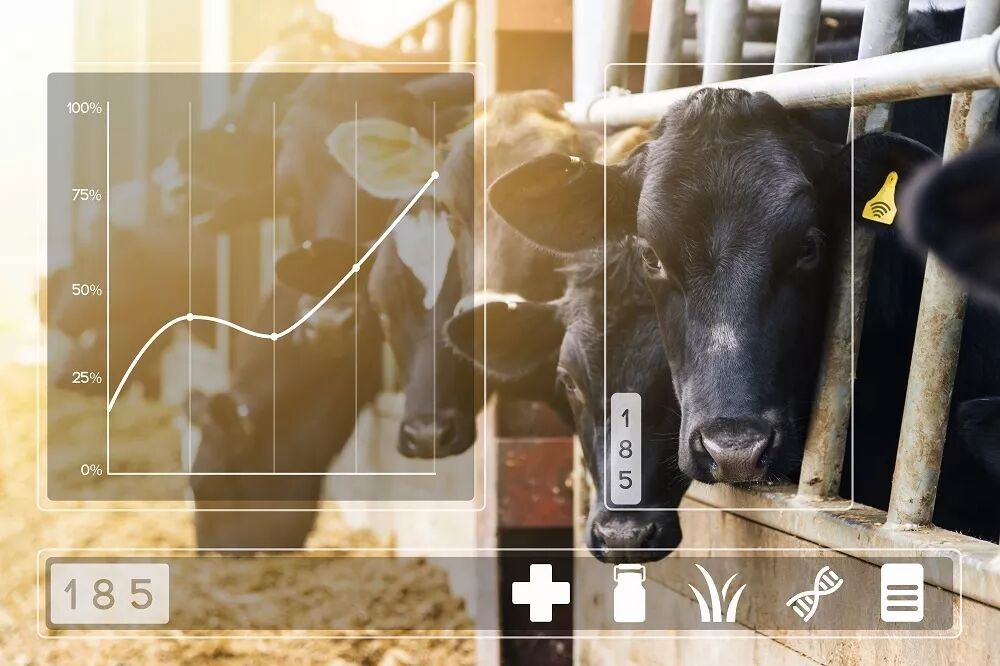
Imagine this possibility: doctors can monitor vital signs in real-time through wireless networks, allowing newborns with heart disease to receive treatment at home instead of being confined to the hospital. Alternatively, farmers can use augmented reality technology to remotely monitor livestock or check the condition of their fields.
The daily transmission and reception of vast amounts of wired or wireless data significantly impact our daily lives and drive economic development in a highly interconnected world. Technology is crucial for unlocking these opportunities.
Data has become a universal necessity
The 20th century was the era of oil and commodities, while the 21st century is the era of big data. In a world where billions of people and machines are interconnected, the flow of data is growing exponentially, with no upper limit in sight.
From virtual health and smart agriculture to smart cities and smart factories, billions of new electronic devices will connect, providing and utilizing data as sources. Every day, trillions of bytes of data generated by factory sensors are analyzed to improve production line efficiency. Data collected today by semi-autonomous devices will enable greater autonomy in the future. Automated buildings will help us enhance productivity and make our lives more environmentally friendly.
Communication and data processing infrastructure will provide useful, actionable, and valuable data to market leaders and billions of others navigating the information highway.
In the near future, if you cannot access data, your life will be limited, just as if you were without electricity.

Timing Reference
Data is represented by binary digits and symbols. Just as every musician in a symphony orchestra is unified and guided by a conductor to stay in sync with other performers, a stable clock and timing reference are crucial for the synchronized generation and transmission of binary digits and symbols.
When high-speed data travels through cables across towns or oceans, from one rack in a data center to another, through Ethernet in wireless systems, or via high-speed circuit boards, ultra-clean timing references are required for synchronization or reconstruction. If the edges of the clock signal are not precise, analog signals may be sampled at the wrong time. Alternatively, if the frequency of a wireless radio frequency (RF) receiver is unstable, the received signal may not be demodulated correctly.
New Technologies to Alleviate Your Concerns
For generations, quartz crystal oscillators have been used as time and frequency references in electronic systems. However, this method can be costly, time-consuming, and complex to develop. It is also susceptible to environmental stresses.
Our groundbreaking new TI Bulk Acoustic Wave (BAW) technology will provide cleaner timing references for both wired and wireless systems. The operating frequency of TI BAW oscillators is several orders of magnitude higher than that of quartz crystals. It generates stable electrical signals through the piezoelectric effect. The high-frequency periodic signals provide timing references.
We have enhanced the performance and usability standards of wireless solutions based on TI BAW technology for Zigbee®, low-power Bluetooth, and Wi-Fi® technologies, paving the way for the next generation of ubiquitous connectivity.
Click read the original to learn more exciting content!
Waiting for you to give me a good look~
